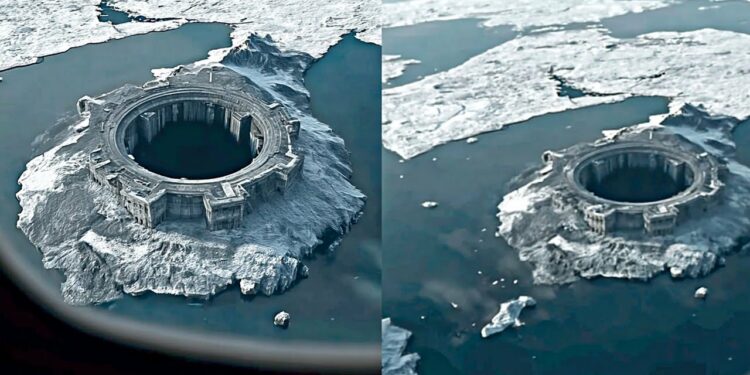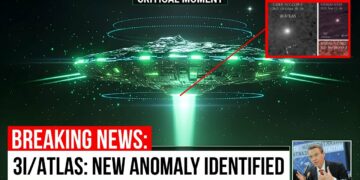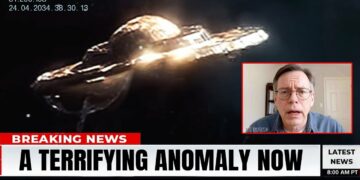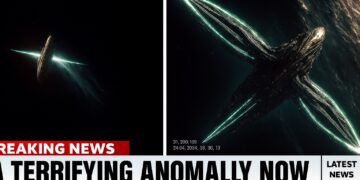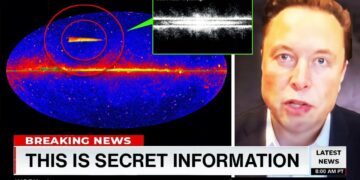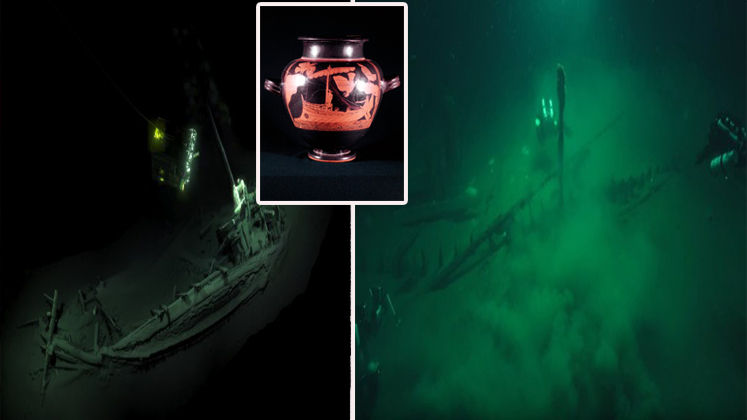The term “UFO” has been replaced by “Unidentified Aerial Phenomenon” (UAP), as confirmed by official terminology. During a squadron mission over the Trans-Antarctic Mountains, a Navy crew witnessed multiple silver, darting objects. Antarctica, a continent where ice conceals secrets and time seems frozen, holds mysteries beneath its glaciers. Military personnel have reported silver discs cutting through blizzards, while scientists describe geometric shapes buried under the ice. Missing individuals, who ventured too close to these enigmas, leave behind only questions and quarantined equipment. These incidents occurred repeatedly, and a Navy officer’s chilling account now sheds light on one of the world’s greatest mysteries.
The Navy Encounter
It began as a routine supply run from McMurdo Station to a remote Antarctic outpost. A C-130 Hercules, a reliable military transport plane, droned through the polar air. Suddenly, something appeared. “At first, I thought it was sunlight reflecting off the ice,” said Brian, a former Navy pilot. “But it moved—fast.” A seamless silver disc shot across the sky, defying physics with no sound or exhaust trail. It vanished instantly. The crew exchanged stunned glances, and the co-pilot’s voice crackled over the intercom: “Did you just see that?” They had, and it wasn’t the last sighting.
Over months, a disturbing pattern emerged. The silver discs appeared frequently, especially near mountain ranges and no-fly zones marked on flight charts. During one late-night flight, the crew observed three disc-shaped objects performing synchronized maneuvers—accelerating, stopping abruptly, and even passing through each other as if intangible. “It was like they were showing off,” Brian recalled. “They knew we were watching and wanted us to see their superiority.”
The crew reported the sighting, but the response was unsettling. Within hours, they were summoned to a private briefing with two unidentified officers lacking insignia. The message was clear: “This is classified. No discussion, no notes, no logs.” When a crew member pressed for answers, the officer’s tone darkened: “Some things are better left unacknowledged.”
The No-Fly Zone Incident
The most disturbing encounter occurred when a storm forced the crew to skirt a prohibited no-fly zone, labeled an “air sampling station” with no further explanation. As the C-130 banked around a jagged ridge, Brian spotted a massive, symmetrical opening in a mountain—too engineered to be a natural cave, roughly the size of a football field. Figures, humanoid but with unnaturally fluid movements, were visible near unfamiliar vehicles entering the cavern. The scene was eerily silent, with no radio chatter or commands, only the Antarctic wind against the aircraft. “This was no standard operation,” Brian said. The crew’s unease was palpable, as what they saw defied human explanation.
Upon landing, armed security personnel met them, separating and interrogating each crew member. They were warned that discussing the incident would lead to severe consequences—not just career-ending, but personal. The message was laced with psychological pressure: “This never happened.”
The Missing Scientists
On July 16, 1985, a team of 15 scientists at the remote Base R12 missed their scheduled radio check-in. Initially attributed to equipment failure, concern grew after 24 hours of silence. By the third day, a recon team was dispatched. What they found was haunting: the station was intact, with half-full coffee cups, flickering computers, and personal items untouched, but the scientists had vanished. No emergency beacon was activated, and no footprints or distress signals were found.
Two weeks later, on July 30, a patrol helicopter spotted the scientists stumbling across the ice near R12. They were alive but drastically altered—pale, emaciated, with sunken eyes and incoherent speech about “the city” and “the ones below.” Military personnel swiftly intervened, confiscating their belongings and whisking them to an undisclosed medical facility for “debriefing.” Official reports labeled it “mass psychological trauma due to isolation,” but those who saw the scientists knew something unnatural had occurred.
Quarantined Gear and Censorship
The scientists’ equipment from Marie Byrd Land was isolated in a secured Quonset hut at McMurdo Station, off-limits without authorization. Days later, two men in suits—formal yet wearing heavy field boots—delivered a blunt message: “You didn’t find those scientists. Say nothing.” No paperwork or NDAs were signed, a deliberate omission to leave no trace. This deviated from Antarctica’s meticulous documentation protocols, signaling a deeper cover-up.
Google Earth Anomalies
Satellite imagery has revealed unsettling anomalies. A near-perfect pyramid near the Ellsworth Mountains, spotted in 2016, defies geological norms with its precise edges and hollow shadows. Metallic, saucer-shaped objects, some 60 meters wide, appear embedded in ice with mile-long trenches. “Bleeding glaciers” show rust-red stains in spiral patterns, emitting heat inconsistent with algae blooms. Fast-moving shadows, exceeding 1,000 mph, perform impossible maneuvers, and thermal imaging reveals inexplicable 50°F hotspots forming grid-like patterns. Censorship is rampant—blurred imagery and altered landforms obscure sensitive sites, particularly in the Trans-Antarctic Mountains and Marie Byrd Land.
A Global Cover-Up
The Antarctic Treaty System (1959) restricts independent exploration and grants military authority, hinting at controlled access to anomalous sites. Whistleblowers describe an “ICE Committee,” a shadowy alliance of military, scientific, and corporate entities suppressing discoveries. This suggests Antarctica harbors evidence of nonhuman intelligence—extraterrestrial, interdimensional, or ancient terrestrial. Admiral Richard Byrd’s 1947 expedition diary, leaked posthumously, describes a temperate land beyond the pole and encounters with advanced beings. A 2017 Chilean Air Force video captured a metallic disc moving at impossible speeds, baffling analysts. Scientists like Dr. Sergey Bulat, who found unknown DNA in Lake Vostok, were silenced.
Conclusion
Antarctica is more than ice—it’s a vault of secrets guarded by global powers. From UAP sightings to missing scientists and censored satellite imagery, the continent holds truths that could reshape our understanding of reality. As whistleblowers like Brian share their accounts, the question remains: will these secrets remain frozen, or will they emerge to challenge humanity’s place in the universe?

